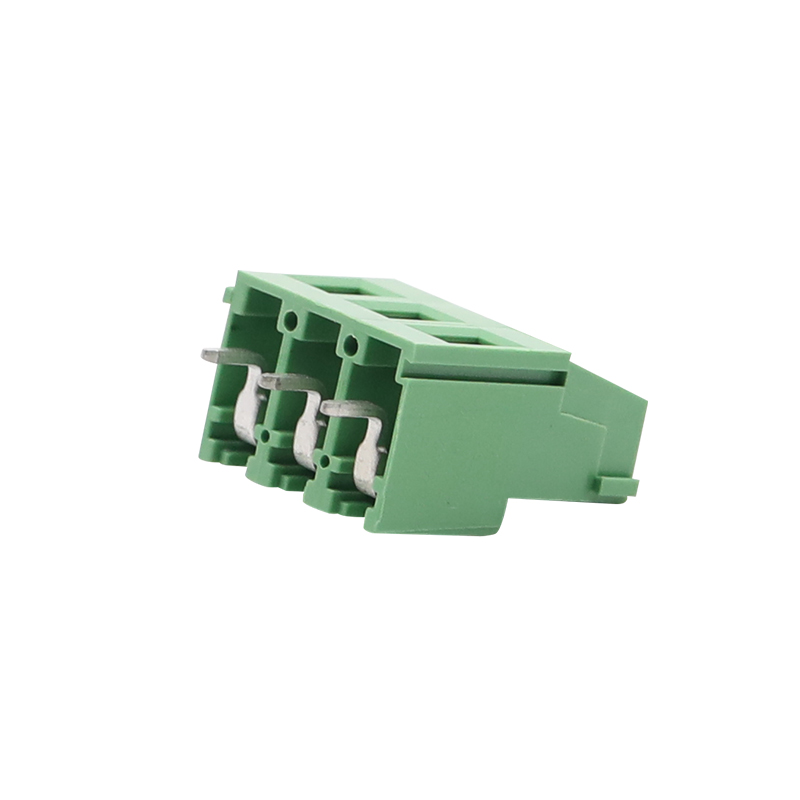PCB Terminal Blocks: Essential Components for Reliable Electrical Connections
2025-06-18
In the world of electronics and circuit design, ensuring secure and efficient connections is vital. One of the most common and versatile components used to achieve this is the PCB terminal block. These small but powerful connectors play a crucial role in linking wires to printed circuit boards (PCBs), facilitating easy installation, maintenance, and reliability.
In this blog, we’ll dive into what PCB terminal blocks are, their types, benefits, and common applications.

What Are PCB Terminal Blocks?
A PCB terminal block is an electrical connector mounted on a printed circuit board that allows the connection of external wires without soldering. It typically consists of a series of insulated blocks with metal terminals that clamp down on wires using screws, spring clamps, or push-in mechanisms, providing a secure and detachable connection.
Types of PCB Terminal Blocks
Screw Clamp Terminal Blocks: Use screws to tighten and secure wires, offering a strong and reliable connection.
Spring Clamp Terminal Blocks: Utilize spring pressure to hold wires in place, enabling faster wiring and vibration resistance.
Push-In Terminal Blocks: Allow wires to be inserted and locked without tools, speeding up installation.
Pluggable Terminal Blocks: Feature detachable connectors that simplify maintenance and replacement.
Barrier Terminal Blocks: Separate wires with insulating barriers, enhancing safety in high-voltage applications.
Advantages of PCB Terminal Blocks
Easy Installation: No soldering required, making assembly and wiring quicker and simpler.
Reusability: Wires can be disconnected and reconnected multiple times without damage.
Versatility: Compatible with a wide range of wire sizes and types.
Secure Connections: Firm clamping prevents wire loosening and accidental disconnections.
Compact Design: Saves space on PCBs while maintaining functionality.
Safety: Insulated housings protect against electrical shorts and shocks.
Common Applications
Industrial Automation: Connecting sensors, actuators, and control systems.
Consumer Electronics: Power and signal connections in appliances and gadgets.
Renewable Energy: Wiring for solar panels and energy management systems.
Telecommunications: Network and communication device wiring.
Automotive Electronics: Connections within control modules and infotainment systems.
Building Automation: HVAC controls, lighting systems, and security devices.
Choosing the Right PCB Terminal Block
Current and Voltage Rating: Ensure the block can handle your circuit’s electrical requirements.
Wire Size Compatibility: Match terminal block openings to the wire gauges used.
Mounting Style: Through-hole or surface-mount options depending on PCB design.
Number of Positions: Choose based on how many wires need to be connected.
Environmental Considerations: Look for rated materials for moisture, temperature, and vibration resistance.
Final Thoughts
PCB terminal blocks are indispensable in modern electronics, providing a safe, efficient, and flexible way to connect external wiring to circuit boards. Whether you’re designing industrial controls, consumer devices, or renewable energy systems, selecting the right terminal block can enhance your product’s reliability and ease of maintenance.
Looking to source high-quality PCB terminal blocks? Feel free to reach out for guidance or product recommendations!


